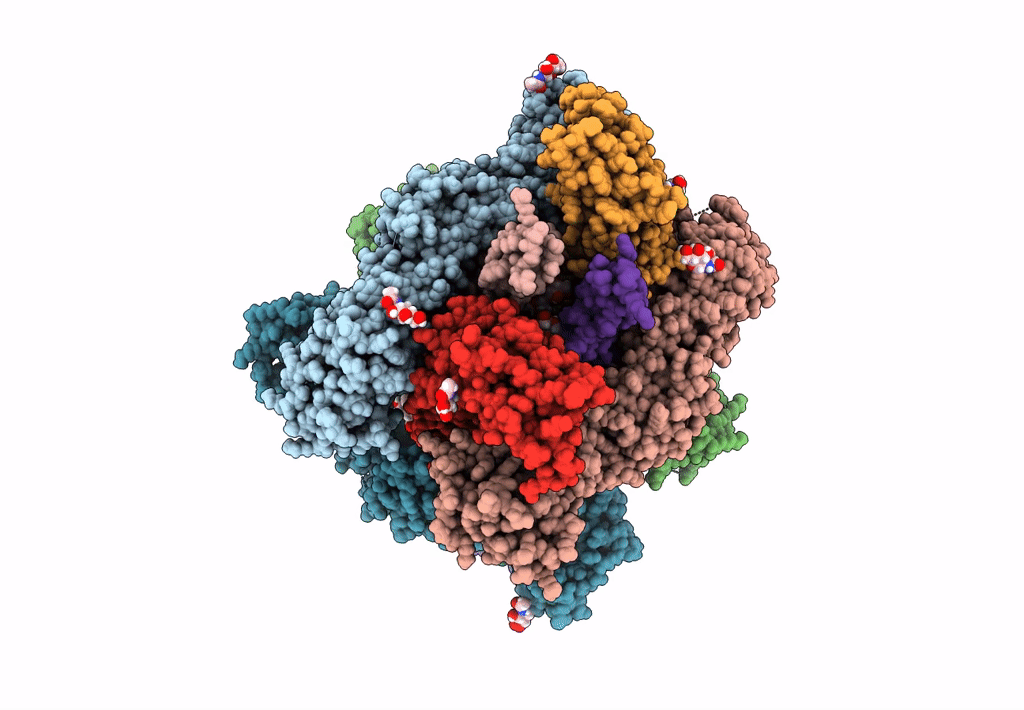
Deposition Date
2022-03-21
Release Date
2022-11-02
Last Version Date
2024-11-20
Entry Detail
PDB ID:
7ZA1
Keywords:
Title:
GPC3-Unc5D octamer structure and role in cell migration
Biological Source:
Source Organism:
Rattus norvegicus (Taxon ID: 10116)
Homo sapiens (Taxon ID: 9606)
Homo sapiens (Taxon ID: 9606)
Host Organism:
Method Details:
Experimental Method:
Resolution:
4.10 Å
R-Value Free:
0.36
R-Value Work:
0.32
Space Group:
P 1 21 1


